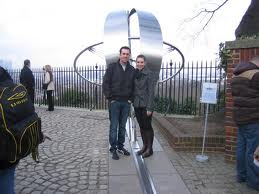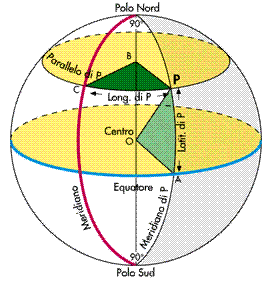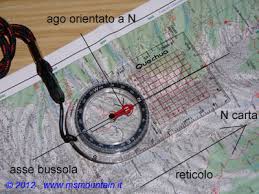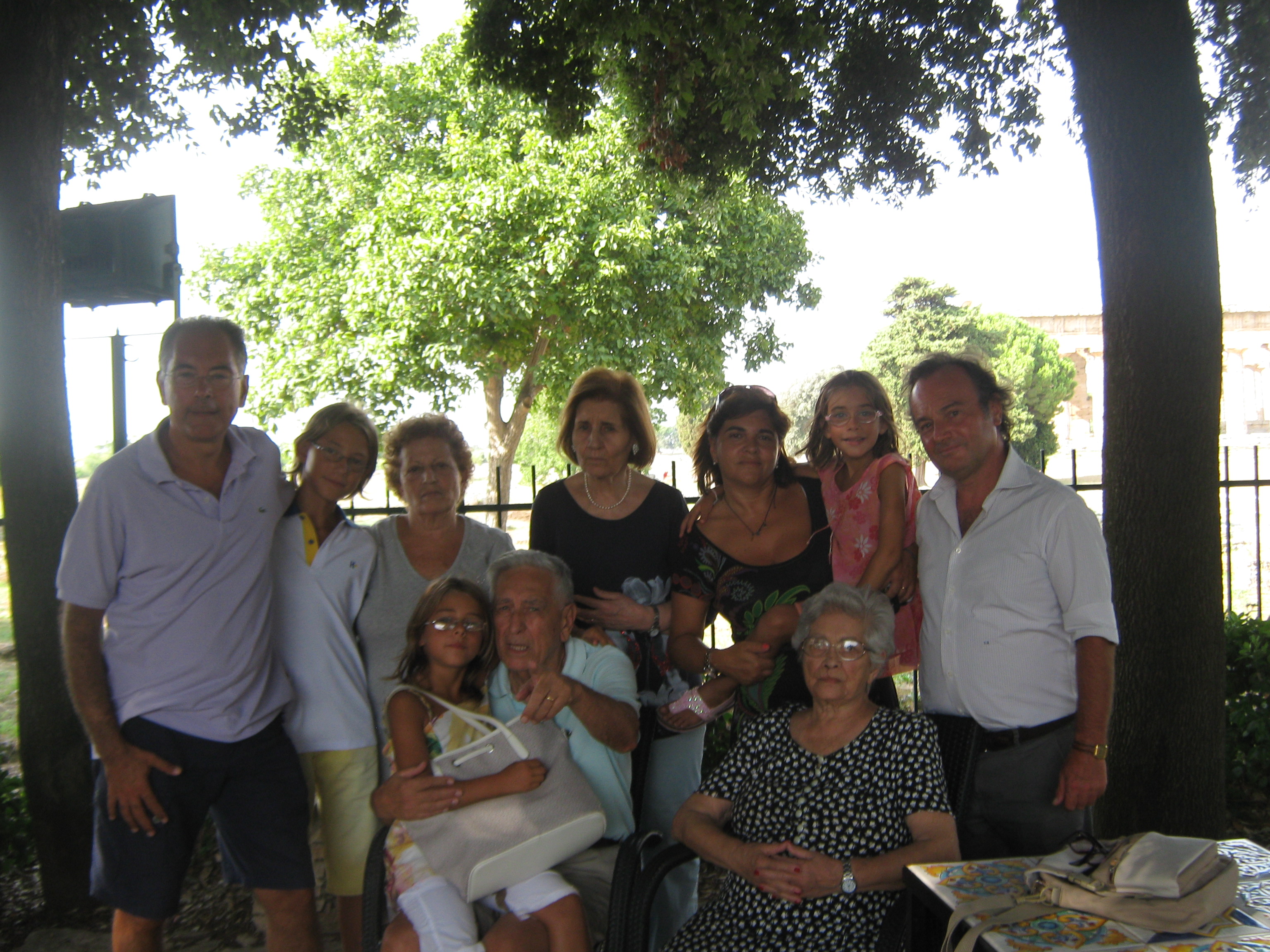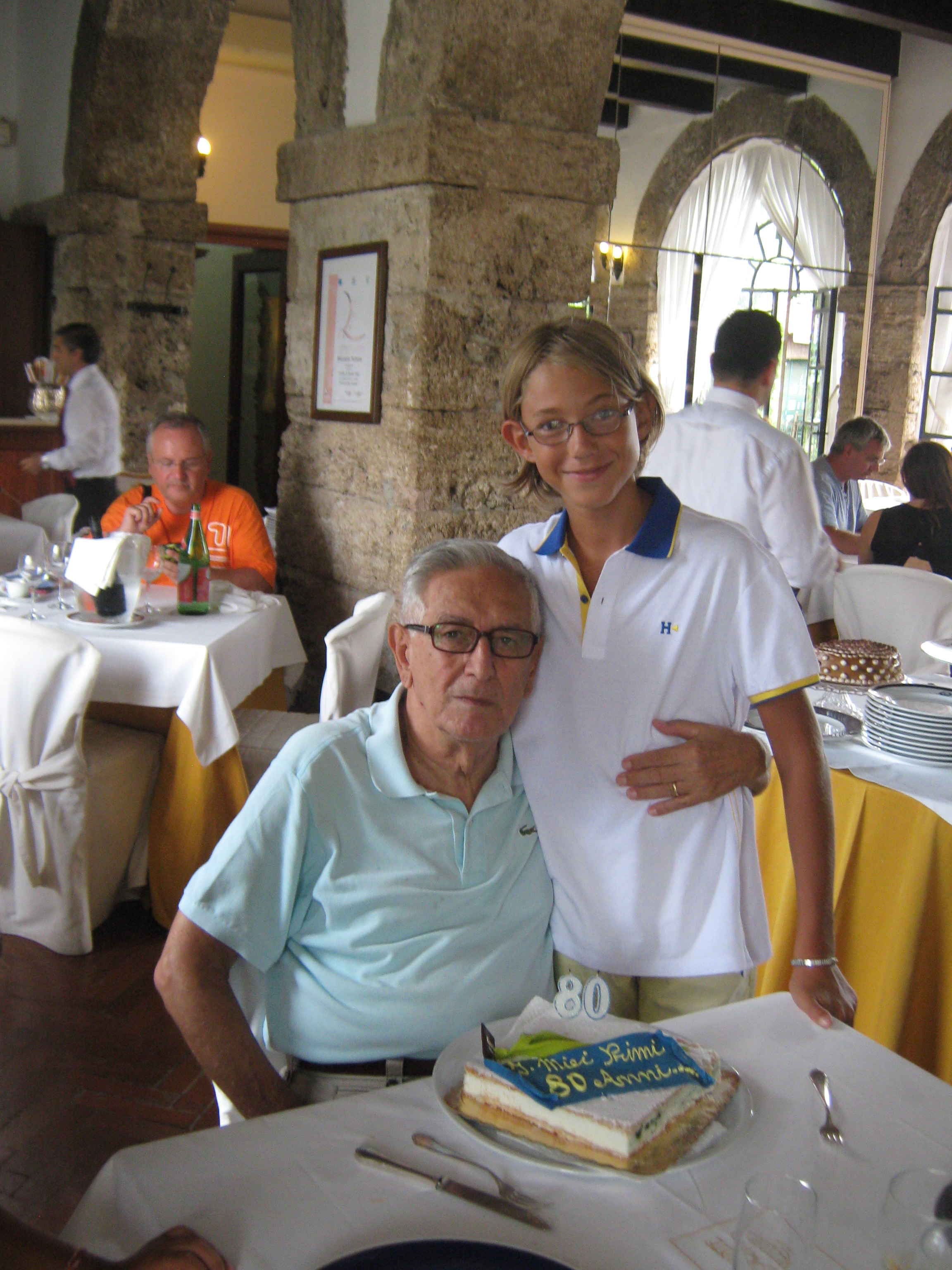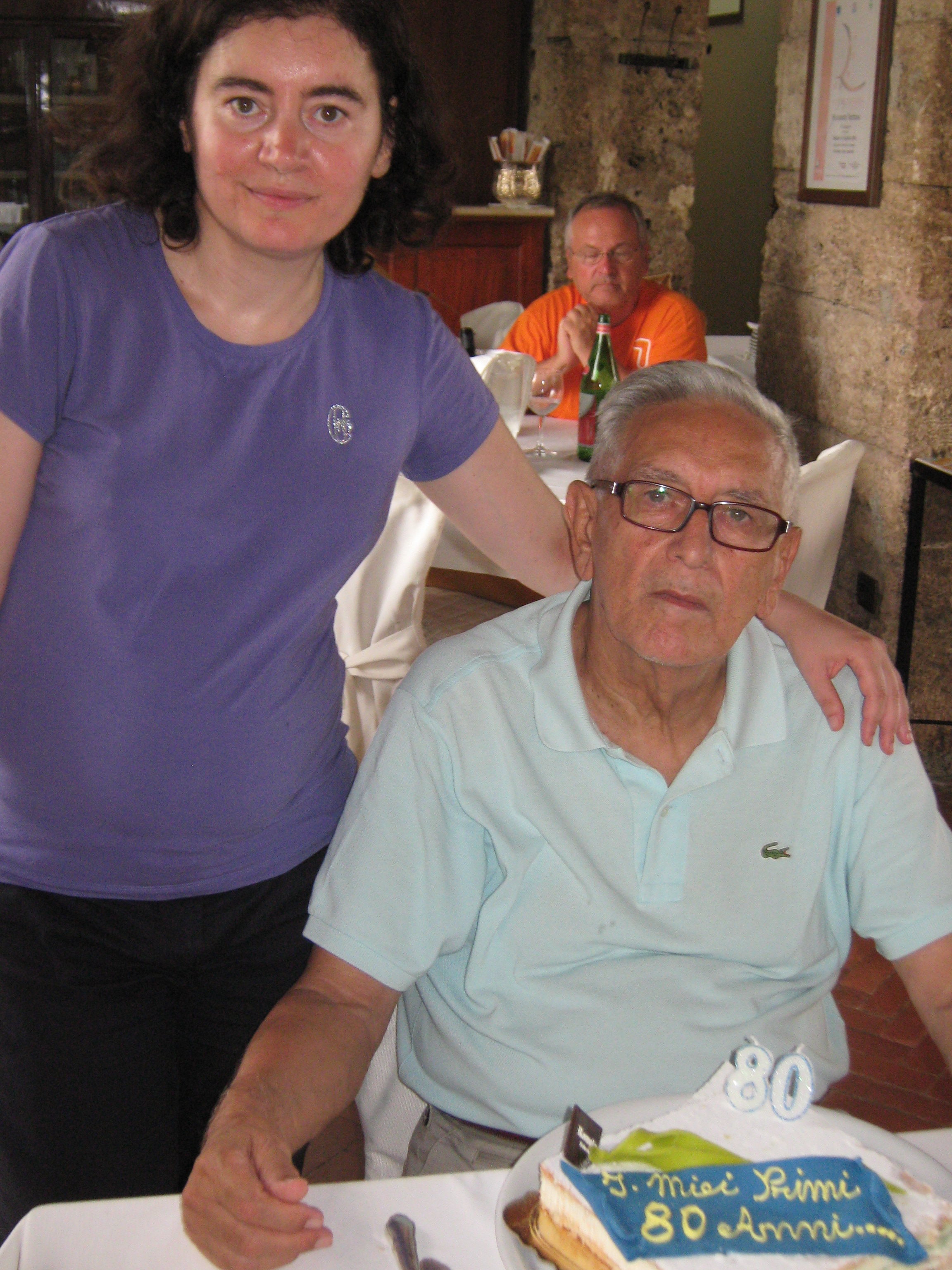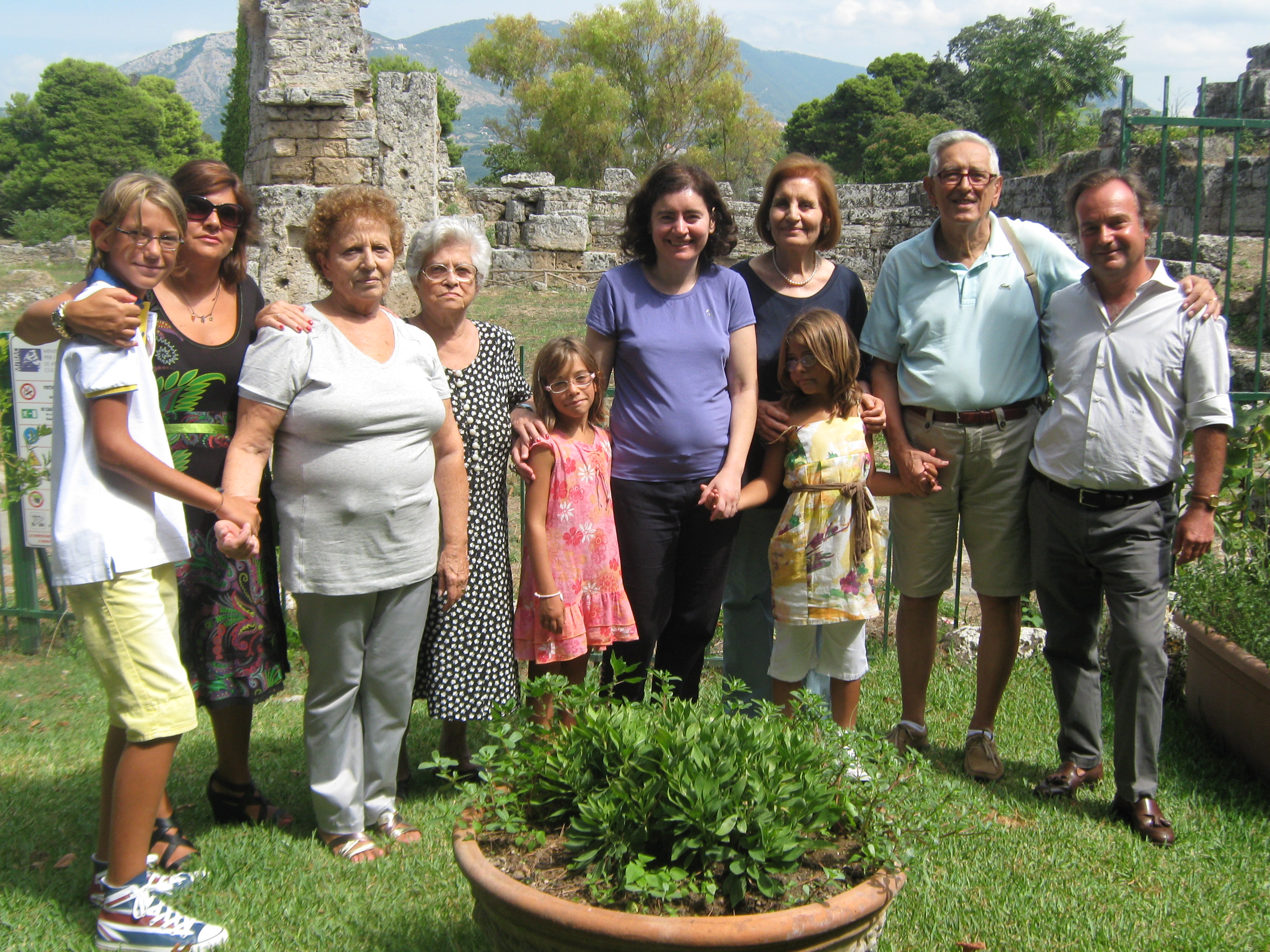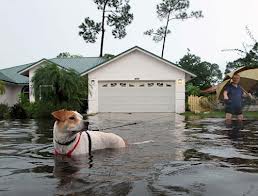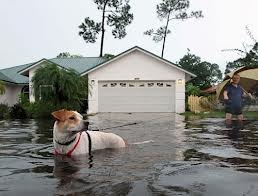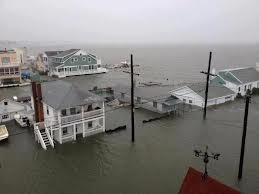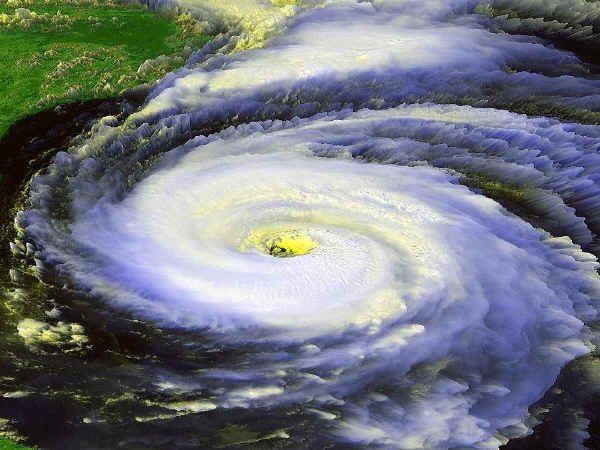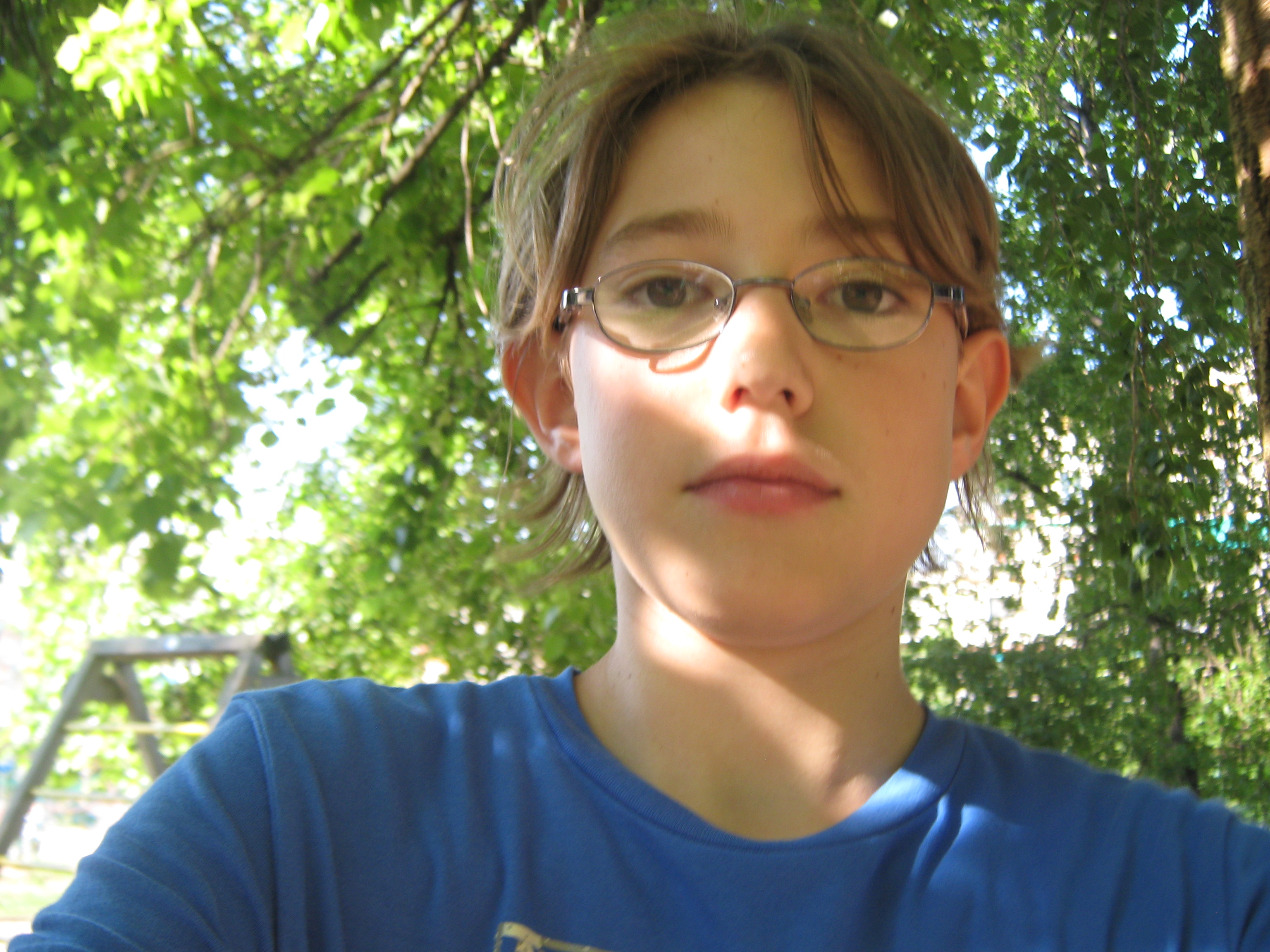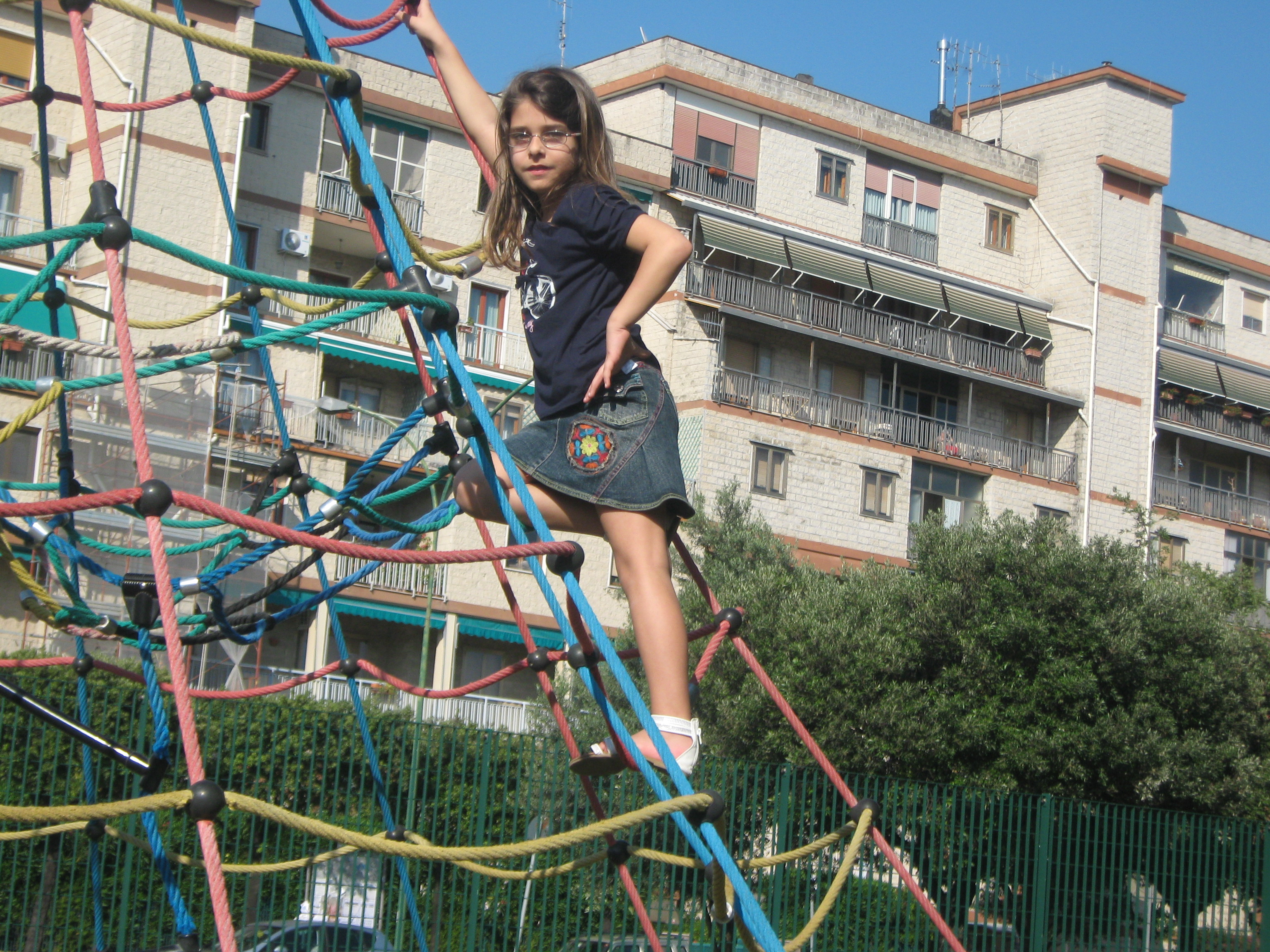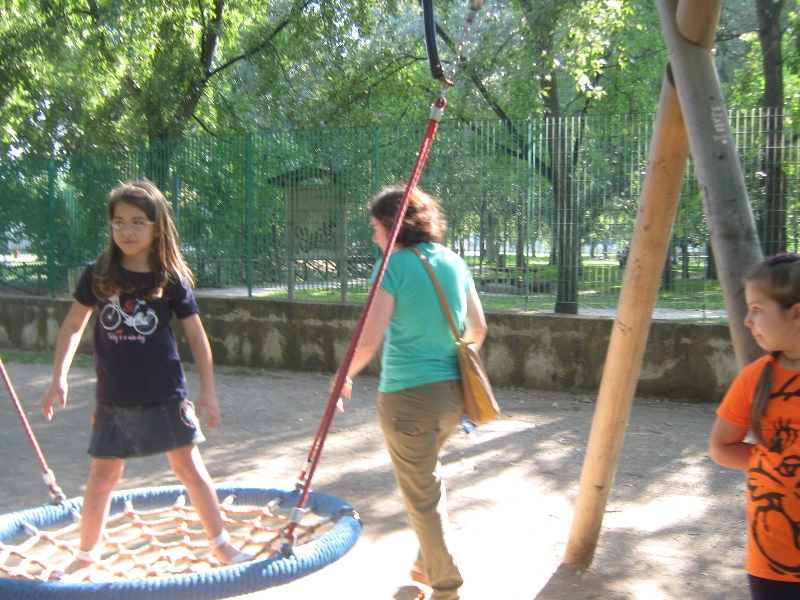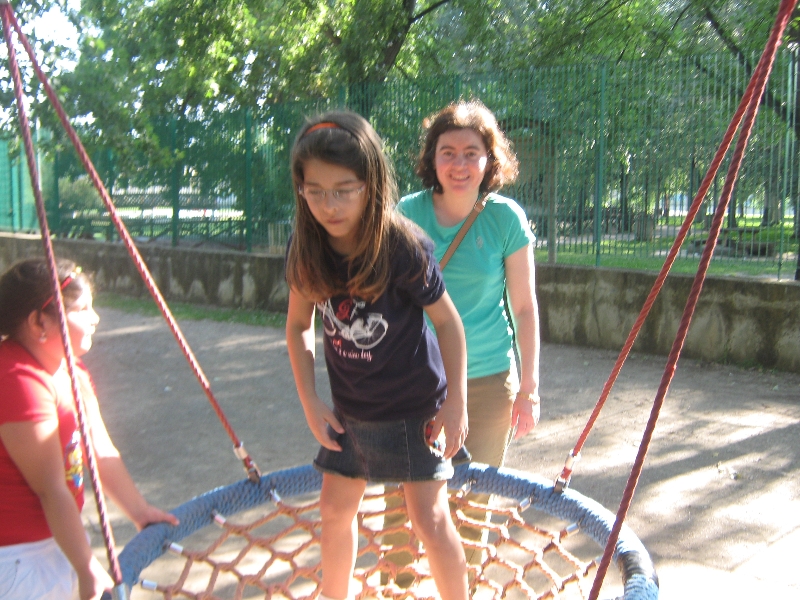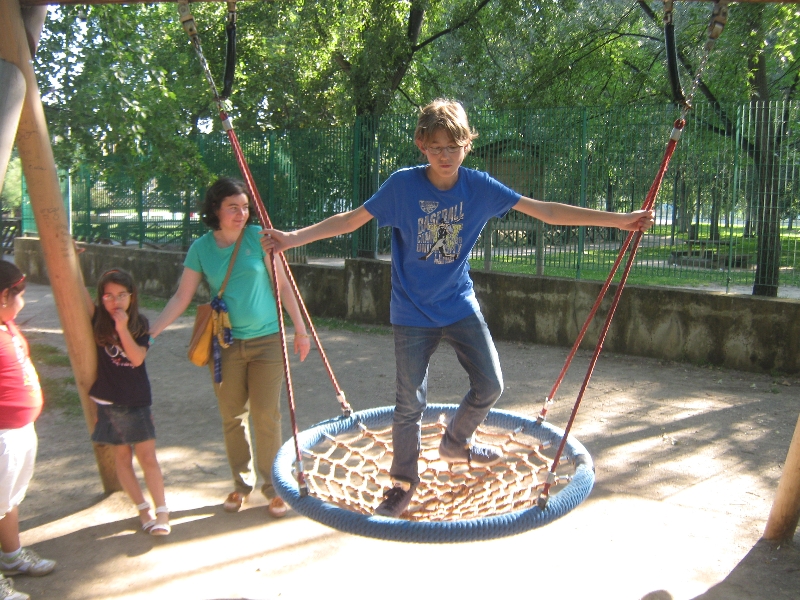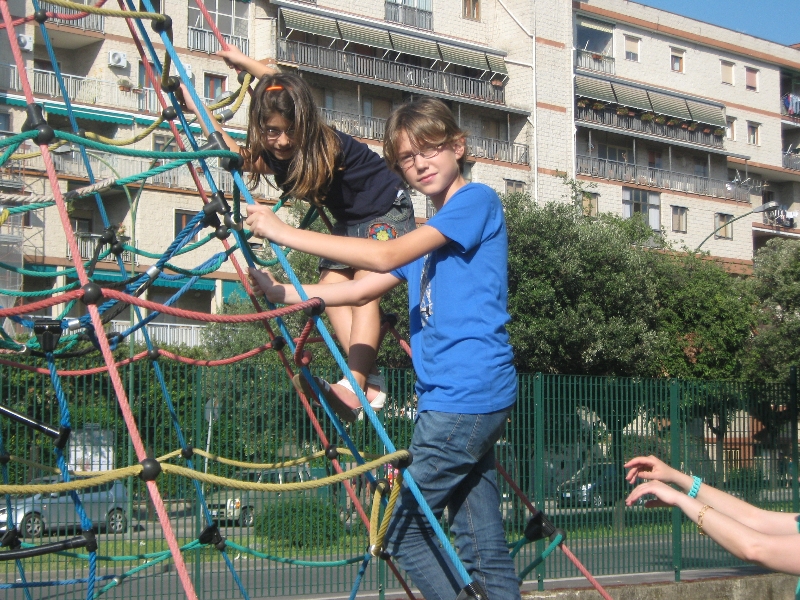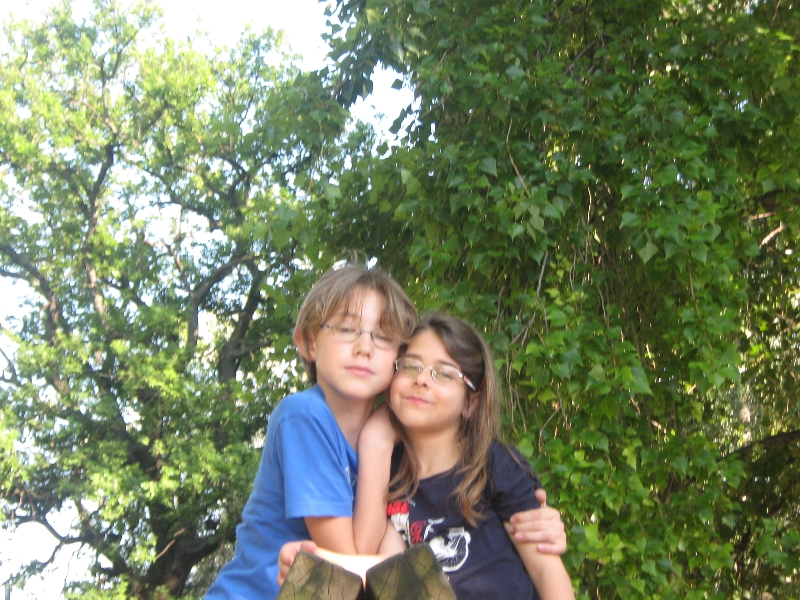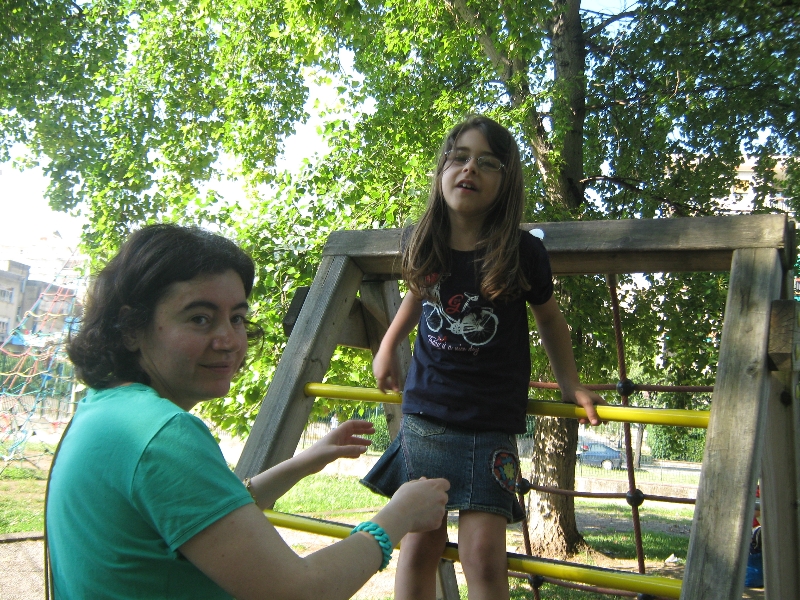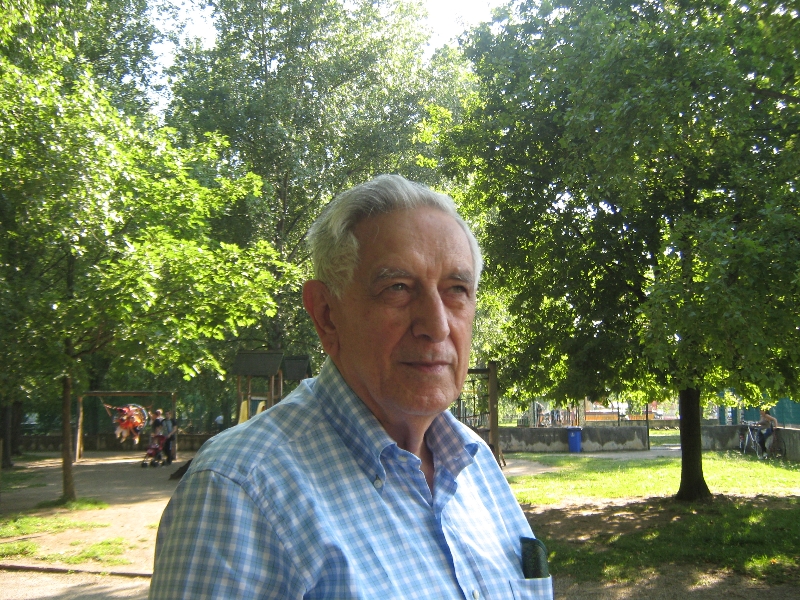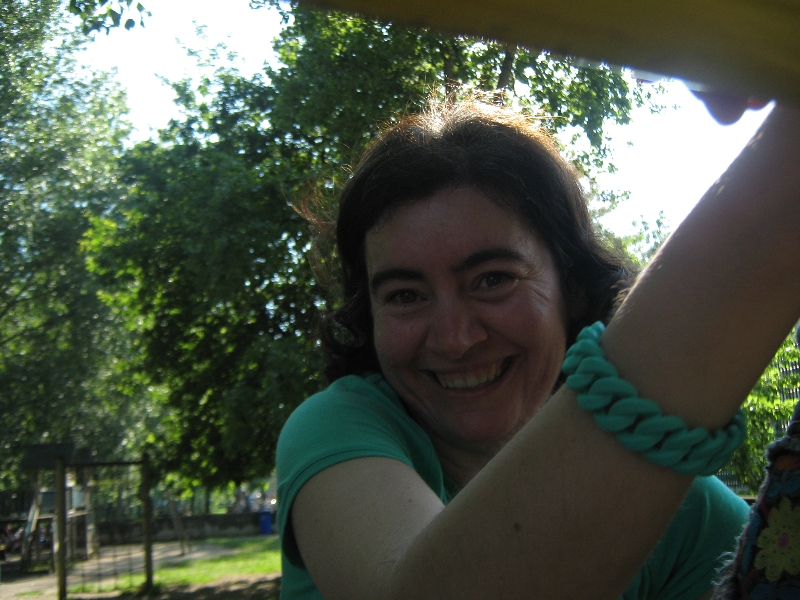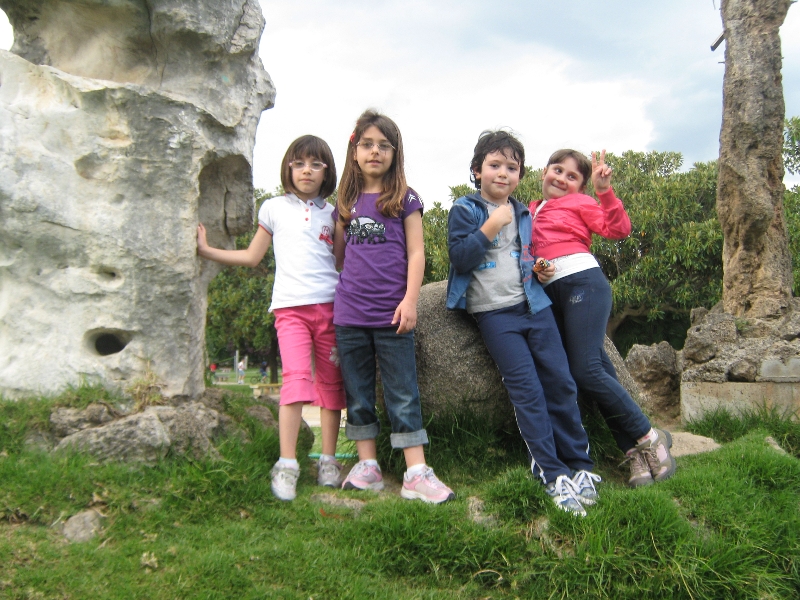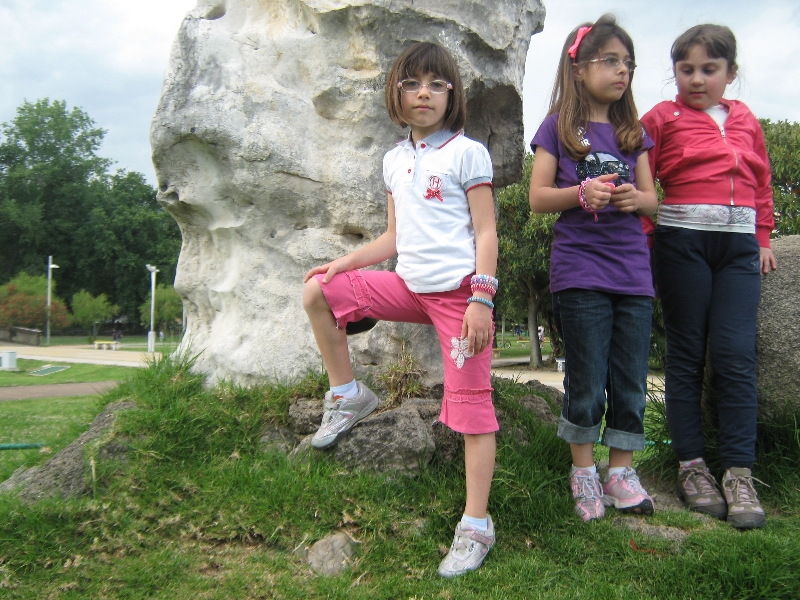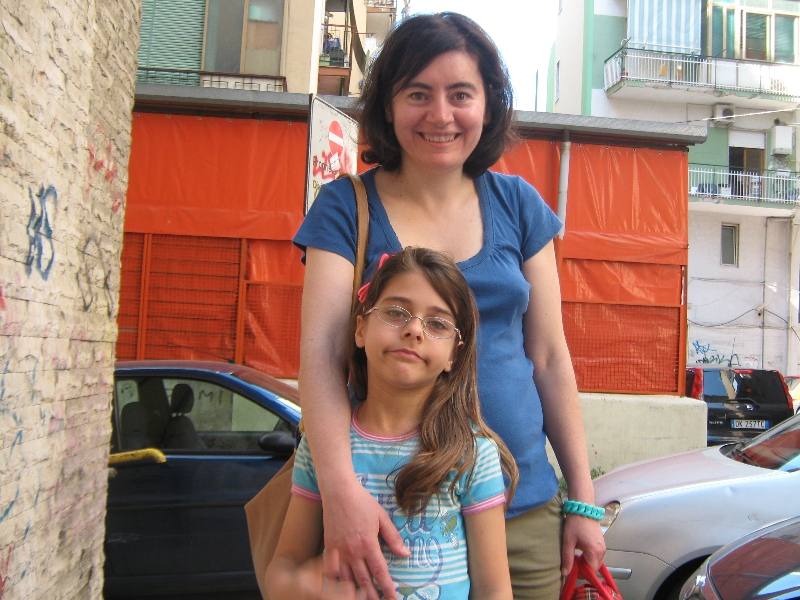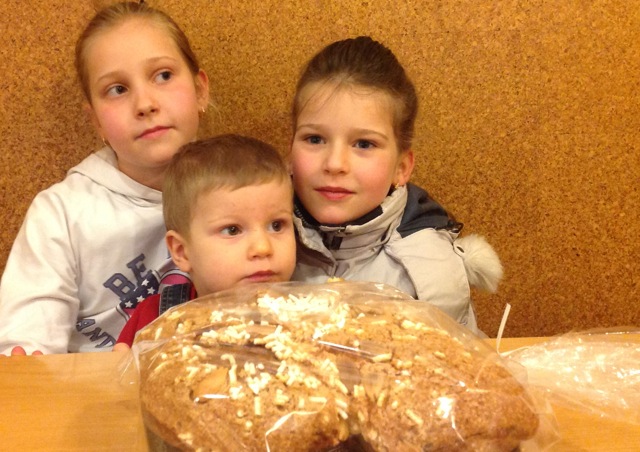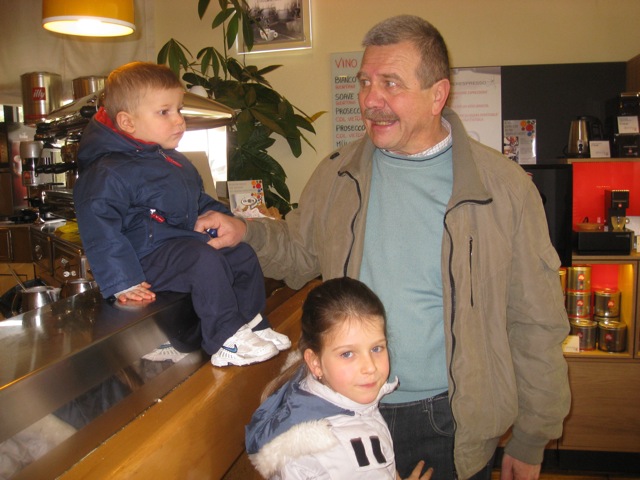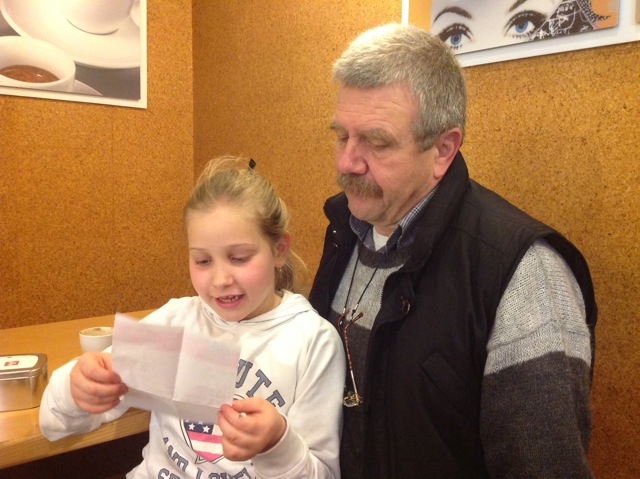Foreword for my grandchildren.
Dear Ale, Giorgia and Giulia; dear daughter Amalia.
 “Rikki Tikki Tavi” is an adventure story by Rudyard Kipling (Bombay, 1865 – London, 1936). Released in November 1893 in the magazines “Pall Mall Magazine” and “St. Nicholas Magazine”, was reissued the following year in the collection “The Jungle Book”.
“Rikki Tikki Tavi” is an adventure story by Rudyard Kipling (Bombay, 1865 – London, 1936). Released in November 1893 in the magazines “Pall Mall Magazine” and “St. Nicholas Magazine”, was reissued the following year in the collection “The Jungle Book”.
With enthusiasm as a kid I read “Rikki Tikki Tavi”, today with the same enthusiasm I have reread the Italian translation and the original text. Since the story “Rikki Tikki Tavi” is too long for a blog, I made a summary in Italian, but integrally bringing the paragraphs which to me seemed more beautiful or more important. Then I published the story even in the original language, translating the summary and instead bringing those paragraphs just like R. Kipling wrote them.
Read them! Read and understand Kipling on the original texts is wonderful! And it’s also a great way to learn English.
At the end of this article I have listed a nice video, which lasts about 24 ‘, produced by Chuck Jones, who sees among the performers also Orson Welles, narrator, and voice actor also voices of Nag and Chuchundra.
Rikki moving house.
At the hole where he went in
Red-Eye called to Wrinkle-Skin.
Hear what little Red-Eye saith:
“Nag, come up and dance with death!”
Eye to eye and head to head,
(Keep the measure, Nag.)
This shall end when one is dead;
(At thy pleasure, Nag.)
Turn for turn and twist for twist-
(Run and hide thee, Nag.)
Hah! The hooded Death has missed!
(Woe betide thee, Nag!)
 This is the story of the great war that Rikki-tikki-tavi fought single-handed, through the bath-rooms of the big bungalow in Segowlee cantonment. Darzee, the tailor-bird, helped him, and Chuchundra, the musk-rat, who never comes out into the middle of the floor, but always creeps round by the wall, gave him advice; but Rikki-tikki did the real fighting.
This is the story of the great war that Rikki-tikki-tavi fought single-handed, through the bath-rooms of the big bungalow in Segowlee cantonment. Darzee, the tailor-bird, helped him, and Chuchundra, the musk-rat, who never comes out into the middle of the floor, but always creeps round by the wall, gave him advice; but Rikki-tikki did the real fighting.
Rikki Tikki Tavi was a very nice young mongoose, named for its distinctive war cry – Riktiktikkitikkitehk! – When sneaking through the tall grass. One day Rikki Tikki (so d ‘now on we will call it), swept away from his den – where he lived with his father and mother – in a downpour of summer, and ended up passed out in the ditch semiaffogato an Indian bungalow inhabited by whites .
When he revived, he was lying in the hot sun on the middle of a garden path, very draggled indeed, and a small boy was saying: “Here’s a dead mongoose. Let’s have a funeral.”
“No,” said his mother; “let’s take him in and dry him. Perhaps he isn’t really dead.”
They took him into the house, and a big man picked him up between his finger and thumb, and said he was not dead but half choked; so they wrapped him in cotton-wool, and warmed him, and he opened his eyes and sneezed.
“Now,” said the big man (he was an Englishman who had just moved into the bungalow); “don’t frighten him, and we’ll see what he’ll do.”
The explorations of Rikki.
 It is the hardest thing in the world to frighten a mongoose, because he is eaten up from nose to tail with curiosity. The motto of all the mongoose family is “Run and find out”; and Rikki-tikki was a true mongoose. He looked at the cotton-wool, decided that it was not good to eat, ran all around the table, sat up and put his fur in order, scratched himself, and jumped on the small boy’s shoulder.
It is the hardest thing in the world to frighten a mongoose, because he is eaten up from nose to tail with curiosity. The motto of all the mongoose family is “Run and find out”; and Rikki-tikki was a true mongoose. He looked at the cotton-wool, decided that it was not good to eat, ran all around the table, sat up and put his fur in order, scratched himself, and jumped on the small boy’s shoulder.
“Don’t be frightened, Teddy,” said his father. “That’s his way of making friends.”
“Ouch! He’s tickling under my chin,” said Teddy.
Rikki Tikki pleased Teddy and his parents, and he soon became the mascot of the house, but also the house and its owners were very popular in Rikki Tikki, who immediately decided not to go away, because there were more things in the house to discover of how many his family could find out in a lifetime. He spent the whole day wandering around the house, experimenting, observing, while having fun and enjoying the hosts, in a swirl of fun and cheerful situations, and sometimes even dangerous (… almost he drowned herself in the bath , and he scalded his nose looking too closely at the lit cigar of big man, etc).
Teddy’s mother and father came in, the last thing, to look at their boy, and Rikki-tikki was awake on the pillow. “I don’t like that,” said Teddy’s mother; “he may bite the child.” “He’ll do no such thing,” said the father. “Teddy’s safer with that little beast than if he had a bloodhound to watch him. If a snake came into the nursery now — ”
But Teddy’s mother wouldn’t think of anything so awful.
Rikki Tikki, well educated by her mother who had lived in the house of General, in Segowlee, was brilliantly realizing his dream of becoming a domestic mongoose, to have so many rooms where you can run around, and a large and beautiful garden, with lots of interesting people from know. In fact, running up and down the garden, he heard plaintive voices that came out of a bush of thorns
It was Darzee, the tailor-bird, and his wife. They had made a beautiful nest by pulling two big leaves together and stitching them up the edges with fibres, and had filled the hollow with cotton and downy fluff. The nest swayed to and fro, as they sat on the rim and cried.
“What is the matter?” asked Rikki-tikki.
“We are very miserable,” said Darzee. “One of our babies fell out of the nest yesterday, and Nag ate him.”
“H’m!” said Rikki-tikki, “that is very sad — but I am a stranger here. Who is Nag?”
Rikki meets Nag and Nagaina.
 Darzee and his wife only cowered down in the nest without answering, for from the thick grass at the foot of the bush there came a low hiss — a horrid cold sound that made Rikki-tikki jump back two clear feet. Then inch by inch out of the grass rose up the head and spread hood of Nag, the big black cobra, and he was five feet long from tongue to tail. When he had lifted one-third of himself clear of the ground, he stayed balancing to and fro exactly as a dandelion-tuft balances in the wind, and he looked at Rikki-tikki with the wicked snake’s eyes that never change their expression, whatever the snake may be thinking of.
Darzee and his wife only cowered down in the nest without answering, for from the thick grass at the foot of the bush there came a low hiss — a horrid cold sound that made Rikki-tikki jump back two clear feet. Then inch by inch out of the grass rose up the head and spread hood of Nag, the big black cobra, and he was five feet long from tongue to tail. When he had lifted one-third of himself clear of the ground, he stayed balancing to and fro exactly as a dandelion-tuft balances in the wind, and he looked at Rikki-tikki with the wicked snake’s eyes that never change their expression, whatever the snake may be thinking of.
“Who is Nag?” said he. ”I am Nag. The great god Brahm put his mark upon all our people when the first cobra spread his hood to keep the sun off Brahm as he slept. Look, and be afraid!”
He spread out his hood more than ever, and Rikki-tikki saw the spectacle-mark on the back of it that looks exactly like the eye part of a hook-and-eye fastening. He was afraid for the minute; but it is impossible for a mongoose to stay frightened for any length of time, and though Rikki-tikki had never met a live cobra before, his mother had fed him on dead ones, and he knew that all a grown mongoose’s business in life was to fight and eat snakes. Nag knew that too, and at the bottom of his cold heart he was afraid.
“Well,” said Rikki-tikki, and his tail began to fluff up again, “marks or no marks, do you think it is right for you to eat fledglings out of a nest?”
Just for a moment Rikki Tikki was afraid, but then prevailed the instinct of his race, which is to hunt for snakes and to devour them. Even Nag knew it, and the bottom of his cold heart he was afraid. And while Nagaina, his wicked wife, creeping quietly behind Rikki Tikki to attack by surprise, Nag tried to distract Rikki with conciliatory phrases.
“Let us talk,” he said. “You eat eggs. Why should not I eat birds?”
“Behind you! Look behind you!” sang Darzee.
Rikki-tikki knew better than to waste time in staring. He jumped up in the air as high as he could go, and just under him whizzed by the head of Nagaina, Nag’s wicked wife. She had crept up behind him as he was talking, to make an end of him; and he heard her savage hiss as the stroke missed. He came down almost across her back, and if he had been an old mongoose he would have know that then was the time to break her back with one bite; but he was afraid of the terrible lashing return-stroke of the cobra. He bit, indeed, but did not bite long enough, and he jumped clear of the whisking tail, leaving Nagaina torn and angry.
Rikki Tikki was very angry and was ready to fight back, but Nagaina, after threatening Darzee, along with Nag disappeared behind the tall grass.
After Rikki Tikki reflected long. What had happened had now become a serious business for him in narrow terms, victory was only a matter of quickness of eye and legs – the burst of the cobra against the leap of mongoose. But if you wanted to save Teddy – which he was extremely fond of – and his parents, consequently he needed a strategy. He would have thought, but for the moment, happy and confident to have dodged a blow from behind, waited Teddy running down the avenue to caress him.
Rikki kills Karait.
But just as Teddy was stooping, something flinched a little in the dust, and a
tiny voice said: “Be careful. I am death!” It was Karait, the dusty brown
snakeling that lies for choice on the dusty earth; and his bite is as
dangerous as the cobra’s. But he is so small that nobody thinks of him, and so
he does the more harm to people.
Rikki Tikki faced in style – red eyes, and step characteristic rocking and
swinging, but balanced and multidirectional – this sudden challenge,
particularly dangerous because Karait, being small, can turn quickly and can
deliver the coup de tail.
Karait struck out. Rikki jumped sideways and tried to run in, but the wicked little dusty gray head lashed within a fraction of his shoulder, and he had to jump over the body, and the head followed his heels close.
Teddy shouted to the house: “Oh, look here! Our mongoose is killing a snake”; and Rikki-tikki heard a scream from Teddy’s mother. His father ran out with a stick, but by the time he came up, Karait had lunged out once too far, and Rikki-tikki- had sprung, jumped on the snake’s back, dropped his head far between his fore-legs, bitten as high up the back as he could get hold, and rolled away. That bite paralysed Karait, and Rikki-tikki was just going to eat him up from the tail, after the custom of his family at dinner, when he remembered that a full meal makes a slow mongoose, and if wanted all his strength and quickness ready, he must keep himself thin.
That night at dinner, he began to apply its strategy: he is not filled with delicacies, but failed to availability, but he remembered Nag and Nagaina, and threw a few times his long war cry: “Rikkitikkrtikkitikki thk!”
Rikki goes hunting for news.
 Teddy carried him to bed, but Rikki Tikki, as soon as Teddy was asleep, went out to do his rounds at night around the house, and found Chuchundra, the muskrat, a very cowardly and fearful beast, whimpering all night. The strategy of Rikki Tikki was impeccable: he needed news, that tried to get from the hesitant and whining Chuchundra. Alerted by Chuchundra, Rikki Tikki heard a slight noise, similar to rubbing deaf of the scales of a snake on the bricks, and he realized that he could be or Nag or Nagaina. Then, very quickly, after making sure that all was quiet in the room of Teddy and in the rest of the house, went into the bathroom and he went down the smooth wall plastered with lime where a brick had been taken to open a drain to the bath water, he crept along the wall where rested prominence in the tub, and he heard Nag and Nagaina whispering outside in the moonlight.
Teddy carried him to bed, but Rikki Tikki, as soon as Teddy was asleep, went out to do his rounds at night around the house, and found Chuchundra, the muskrat, a very cowardly and fearful beast, whimpering all night. The strategy of Rikki Tikki was impeccable: he needed news, that tried to get from the hesitant and whining Chuchundra. Alerted by Chuchundra, Rikki Tikki heard a slight noise, similar to rubbing deaf of the scales of a snake on the bricks, and he realized that he could be or Nag or Nagaina. Then, very quickly, after making sure that all was quiet in the room of Teddy and in the rest of the house, went into the bathroom and he went down the smooth wall plastered with lime where a brick had been taken to open a drain to the bath water, he crept along the wall where rested prominence in the tub, and he heard Nag and Nagaina whispering outside in the moonlight.
“When the house is emptied of people,” said Nagaina to her husband, “he will have to go away, and then the garden will be our own again. Go in quietly, and remember that the big man who killed Karait is the first one to bite. Then come out and tell me, and we will hunt for Rikki-tikki together.”
“But are you sure that there is anything to be gained by killing the people?” said Nag.
“Everything. When there were no people in the bungalow, did we have any mongoose in the garden? So long as the bungalow is empty, we are king and queen of the garden; and remember that as soon as our eggs in the melon-bed hatch (as they may to-morrow), our children will need room and quiet.”
“I had not thought of that,” said Nag. “I will go, but there is no need that we should hunt for Rikki-tikki afterward. I will kill the big man and his wife, and the child if I can, and come away quietly. The the bungalow will be empty, and Rikki-tikki will go.”
Rikki kills Naig.
While Rikki Tikki still trembled from head to foot for rage and indignation at hearing those words, he saw the head of Nag emerge from the duct, and then the five feet in length of its body that followed. Nag coiled himself up, raised his head, and looked into the bath-room in the dark, and Rikki could see his eyes glitter.
Nag drank in the big jug that was used to fill the tub, and then rolled himself around, and R. T. heard him say that he would be there in a cool place until the morning waiting for the father of Teddy, with the purpose to kill him while taking a bath unarmed. Rikki Tikki, who was hidden and motionless as a corpse, after an hour he began to move very slowly toward Nag, who meanwhile had fallen asleep. He considered the various possible types of attacks, and in the end he decided.
“It must be the head,” he said at last; “the head above the hood; and when I am once there, I must not let go.”
 Then he jumped. The head was lying a little clear of the water-jar, under the curve of it; and, as his teeth met, Rikki braced his back against the bulge of the red earthenware to hold down the head. This gave him just one second’s purchase, and he made the most of it. Then he was battered to and fro as a rat is shaken by a dog — to and fro on the floor, up and down, and round in great circles; but his eyes were red, and he held on as the body cart-whipped over the floor, upsetting the tin dipper and the soap-dish and the flesh-brush, and banged against the tin side of the bath.
Then he jumped. The head was lying a little clear of the water-jar, under the curve of it; and, as his teeth met, Rikki braced his back against the bulge of the red earthenware to hold down the head. This gave him just one second’s purchase, and he made the most of it. Then he was battered to and fro as a rat is shaken by a dog — to and fro on the floor, up and down, and round in great circles; but his eyes were red, and he held on as the body cart-whipped over the floor, upsetting the tin dipper and the soap-dish and the flesh-brush, and banged against the tin side of the bath.
As he held he closed his jaws tighter and tighter, for he made sure he would be banged to death, and, for the honour of his family, he preferred to be found with his teeth locked. He was dizzy, aching, and felt shaken to pieces when something went off like a thunderclap just behind him; a hot wind knocked him senseless, and red fire singed his fur. The big man had been wakened by the noise, and had fired both barrels of a shot-gun into Nag just behind the hood.
Rikki destroys Nagaina’s eggs.
Without waiting for breakfast, Rikki Tikki ran to the bush of thorns: absolutely had to immediately know from Darzee where they were eggs and where he was at that moment Nagaina.
The news of the death of Nag had spread all over the garden, and Darzee sang a hymn of triumph in honor of Rikki Tikki, who repeatedly tried to interrupt him and tried to receive those vital news. But Darzee continued undaunted to sing: resembled very much like a man in some things.
Then Rikki Tikki threatened Darzee much heavily, and so he was able to know that Nagaina had hidden the eggs into poponaia, in the end of the wall where the sun strikes nearly all day. Then Rikki Tikki devised quickly its strategy of attack, and said, “Darzee, if you have a grain of judgment then you should fly to the stables and pretend to have a broken wing and let Nagaina chase from to this bush. I must go to poponaia and if she comes now, she could see me.”
Thinking that his children were born from eggs, Darzee decided not to execute the request for Rikki, but his wife was a sensible bird, and she knew that cobra’s eggs become later small cobras. She flew away from the nest, and fluttered in front of Nagaina near at the pile of garbage crying: “Oh! my wing is broken! The boy of the house I pulled a rock and gave it to me broken.”
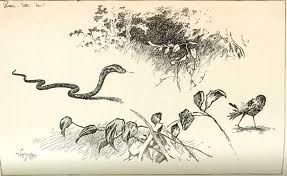 Nagaina lifted up her head and hissed, “You warned Rikki-tikki when I would have killed him. Indeed and truly, you’ve chosed a bad place to be lame in.” And she moved toward Darzee’s wife, slipping along over the dust.
Nagaina lifted up her head and hissed, “You warned Rikki-tikki when I would have killed him. Indeed and truly, you’ve chosed a bad place to be lame in.” And she moved toward Darzee’s wife, slipping along over the dust.
“The boy broke it with a stone! shrieked Darzee’s wife.
“Well! It may be some consolation to you when you’re dead to know that I shall settle accounts with the boy. My husband lies on the rubbish-heap this morning, but before the night the boy in the house will lie very still. What is the use of running away? I am sure to catch you. Little fool, look at me!”
Darzee’s wife knew better than to do that, for a bird who looks at a snake’s eyes gets so frightened that she cannot move. Darzee’s wife fluttered on, piping sorrowfully, and never leaving the ground, and Nagaina quickened her pace.
After making sure that they took the avenue of the stables, Rikki Tikki raced
down the poponaia near the end of the wall, and there he found twenty-five
eggs very cleverly hidden. He had almost destroyed all the eggs, when he heard
his wife screaming that unfortunately Darzee Nagaina had direct to the porch
and threatened to kill the owners of the house. Then Rikki Tikki crushed two
of the three remaining eggs, and ran like lightning with the third egg in his
mouth to the porch, where he saw Nagaina curled up on the mat at Teddy’s chair,
just a shot of the bare leg of the boy, who was rocking back and forth
singing a song of triumph.









